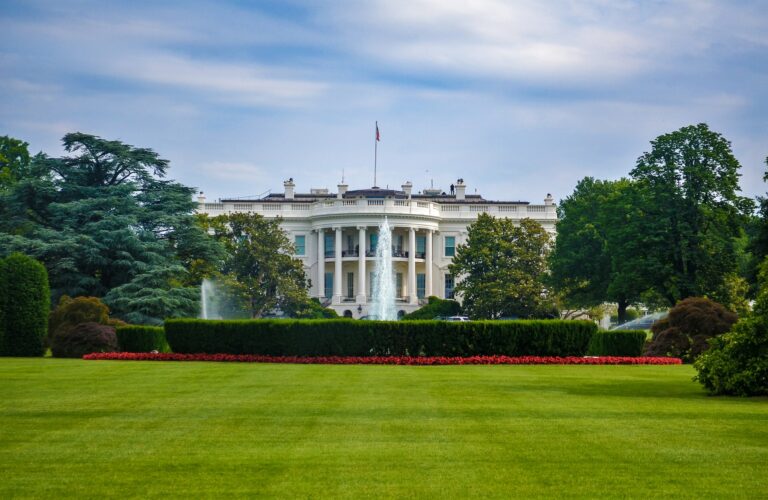In his recent appearance on CNBC’s “Squawk Box”, VanEck’s Head of Digital Assets Research, Matthew Sigel, provided an analysis of cryptocurrency markets, their current trends, and the anticipated influence of the 2024 U.S. presidential election on digital assets, especially Bitcoin.
Sigel began by talking about Bitcoin’s remarkable climb above $68,000, attributing this growth to a blend of increased liquidity and a mounting interest in alternative assets amid economic uncertainties. He explained that Bitcoin’s price is largely influenced by factors such as its negative correlation with the U.S. dollar and positive correlation with money supply growth, which positions it as a hedge in times of fiat currency fluctuation.
In discussing the upcoming U.S. presidential election, Sigel emphasized the possibility of Bitcoin benefiting from a pro-crypto administration. He observed that Bitcoin’s bullish pattern in 2024 closely mirrors its trajectory during the 2020 election cycle. As the election approaches, he believes that Bitcoin may experience another major rally, especially if the electoral outcome hints at a supportive stance toward digital assets.
Sigel’s analysis suggests that a potential shift in regulatory stance from a pro-crypto administration could further bolster Bitcoin’s position in financial markets. He compared current conditions to 2020, noting a similar price pattern, where Bitcoin’s value held steady leading up to the election and then surged once the results were known.
Sigel also shared his thoughts on Bitcoin’s role as an asset, pointing out that its value draws from its fixed supply, distinguishing it from inflation-prone fiat currencies. He noted that Bitcoin’s unique nature allows it to exhibit varying correlations with traditional asset classes, underscoring its distinct place in the financial ecosystem. He says that Bitcoin’s appeal has a demographic component, attracting younger investors while the older generation tends to approach it with skepticism.
As for Bitcoin’s global significance, Sigel spoke about the influence of BRICS nations and their increasing involvement in cryptocurrency. He pointed out that the BRICS alliance recently welcomed six new members, including countries like Argentina and the UAE, which are actively exploring Bitcoin integration within their economies. With BRICS’ combined GDP now surpassing that of the G7, he sees this shift as a potential indicator of Bitcoin’s future role in facilitating international trade, especially for countries interested in reducing their dependency on traditional dollar systems.
Touching on Bitcoin’s long-term value potential, Sigel envisioned a scenario in which even modest adoption as a reserve asset in global trade could push Bitcoin’s value substantially higher. He described a model in which Bitcoin’s price could explode by 2050, largely driven by its increasing use as a reserve asset by central banks and institutional investors
“We have a model that assumes that by 2050…Bitcoin becomes a reserve asset that’s used in global trade and held by global central banks at a very modest 2% weight, and in that model, we arrive at a $3 million price target for Bitcoin. Now that sounds, you know, extreme, but that’s a 16% compound annual growth rate for a couple decades…that’s not really that extreme.“








